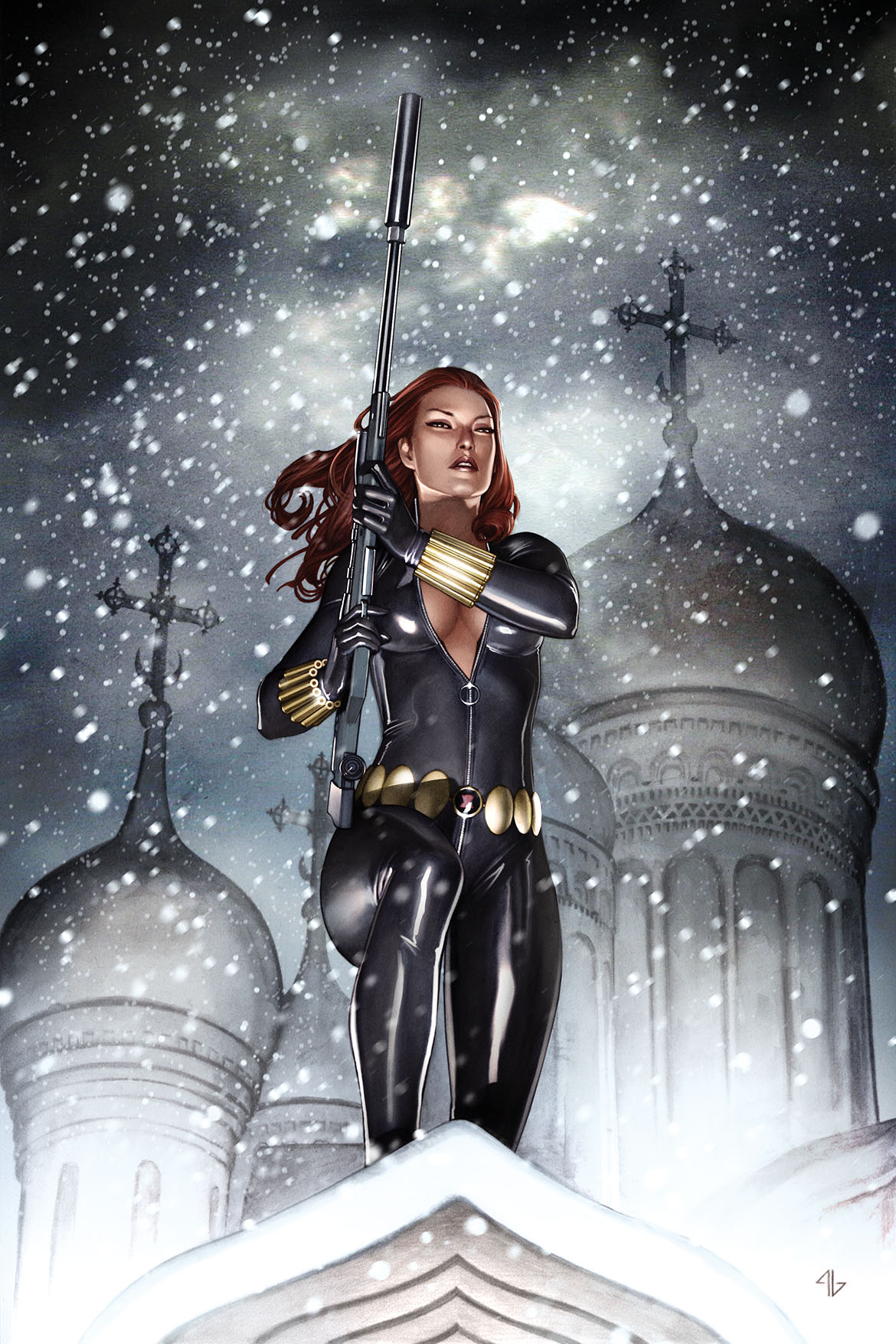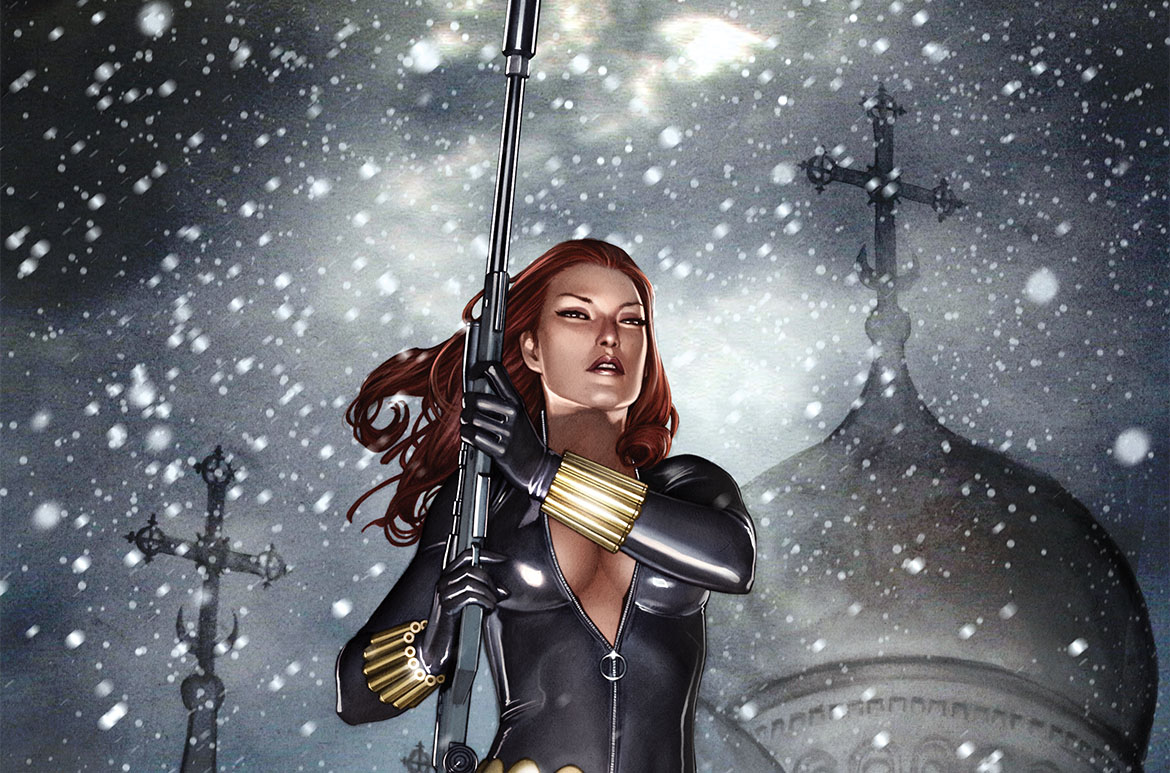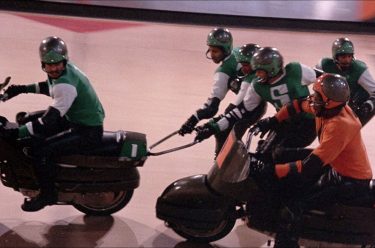As the gatekeeper of one of the richest holdings of comic book narratives in the world — over 8000 characters developed over nearly eight decades — Marvel’s move to the cinema screen was inevitable. They’d been dipping their creative toe in other media since the 1940s; under the name of founding company Timely Comics, they produced the 15-part, black-and-white film serial Captain America 1944 (Republic), while in the 1970s, CBS’s The Incredible Hulk 1978–82 and The Amazing Spider-Man 1977–79 were produced by Marvel Comics as live-action television series. However, even with these forays, Marvel had yet to find the right formula that would showcase their characters on screen with the same care and fidelity as depicted in their comics.
Throughout the 1980s and 1990s, amid a series of complex company mergers, Marvel continued its push into the moving-image market through a number of animated television series. The popular Saturday morning slot on the children’s network Fox Kids proved particularly effective for the Marvel-produced X-Men 1992–97 and Spider-Man 1994–98, and successfully embedded these characters, alongside Captain America, Iron Man, Thor and Hulk, into the wider pop culture lexicon. These series attracted a broad, non-comic book fan base and, in doing so, created a bridge between the comics and the films to come, a relationship that would develop in the 2000s to embrace the desirable teenage and young professional markets, which were primed for the forthcoming plethora of Super Hero films.
In the 1990s, Marvel licensed a number of premium characters across several major studios to capitalise on the growing interest in comic book film adaptations. It was an incredibly successful strategy. Of the 50-plus Super Hero films released in the ten years after September 11, nearly half — including their sequels and spin-offs — were based on characters from Marvel’s comics. The popularity of these films saw beloved Marvel characters reach new audiences in ways they never had before.1
By 2003, Marvel were seeking a more sustainable model. Although the company had enjoyed a global boost to their brand through several highly successful film franchises, the licensing of individual characters from one universe across multiple studios allowed little opportunity for the expression of character interconnectedness, a quality intrinsic to the Marvel Universe. This lack of a shared narrative also meant lesser-known characters were unlikely to be developed. In addition, over time, earlier licensed characters had begun drifting away from their central narratives. In the 1970s, Marvel had toyed with the idea of going into film production themselves, but the costs were prohibitive and the idea was shelved,2 but, by the mid 2000s, times had changed.

By the end of 2006, Marvel had secured the necessary financing for their own major independent movie studio and began working on plans to bring together their fan favourites and rising stars — Captain America, Iron Man, Hulk, Thor, Black Widow, Hawkeye, Black Panther, Falcon, Ant-Man, Scarlet Witch, Doctor Strange and the team from the Guardians of the Galaxy — into their eagerly anticipated vision of the Marvel Cinematic Universe. Stepping into the arena with their debut film Iron Man in 2008 — drawn from a comic originally set during the Vietnam War (1959–75), but now adapted for the events unfolding in Afghanistan — Marvel brought to a wider audience the audacious charms of a reckless industrialist–billionaire–playboy–philanthropist and began a cinematic phenomenon that continues to this day.
DELVE DEEPER INTO THE EXHIBITION AND MARVEL CINEMATIC UNIVERSE
Endnotes
1 Marvel co-produced Spider-Man 2002 and Spider-Man 2 2004 with Columbia Pictures, and X-Men 2000, X2: X-Men United 2003 and X-Men: The Last Stand 2006 with Twentieth Century Fox.
2 Sean Howe, Marvel Comics: The Untold Story, Harper Perennial, New York, 2013, p.215.
CINEMA TICKETS | EXHIBITION TICKETS | UP LATE TICKETS | EXHIBITION PUBLICATION
‘Marvel: Creating the Cinematic Universe’ is organised by the Queensland Art Gallery | Gallery of Modern Art (QAGOMA) in collaboration with Marvel Entertainment. The exhibition has received additional support from the Queensland Government though Tourism and Events Queensland (TEQ) and Arts Queensland.
Amanda Slack-Smith is exhibition curator ‘Marvel: Creating the Cinematic Universe’ and Associate Curator, Australian Cinémathèque, QAGOMA


